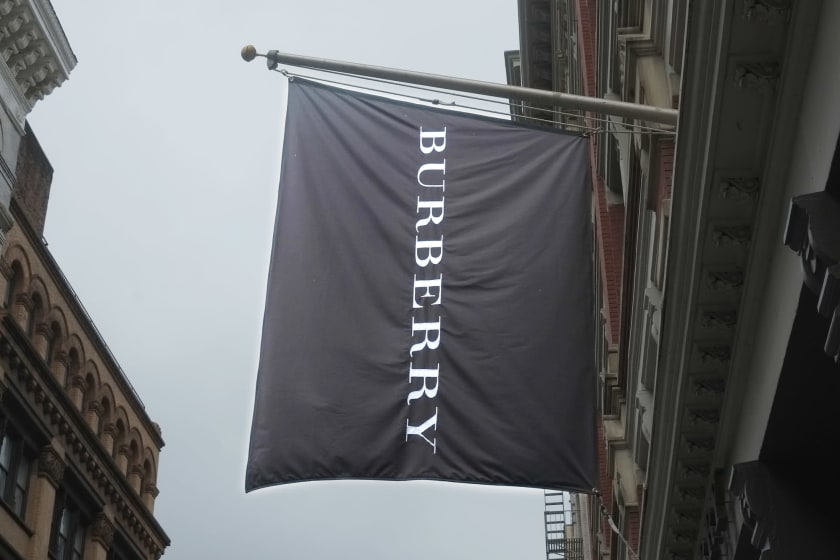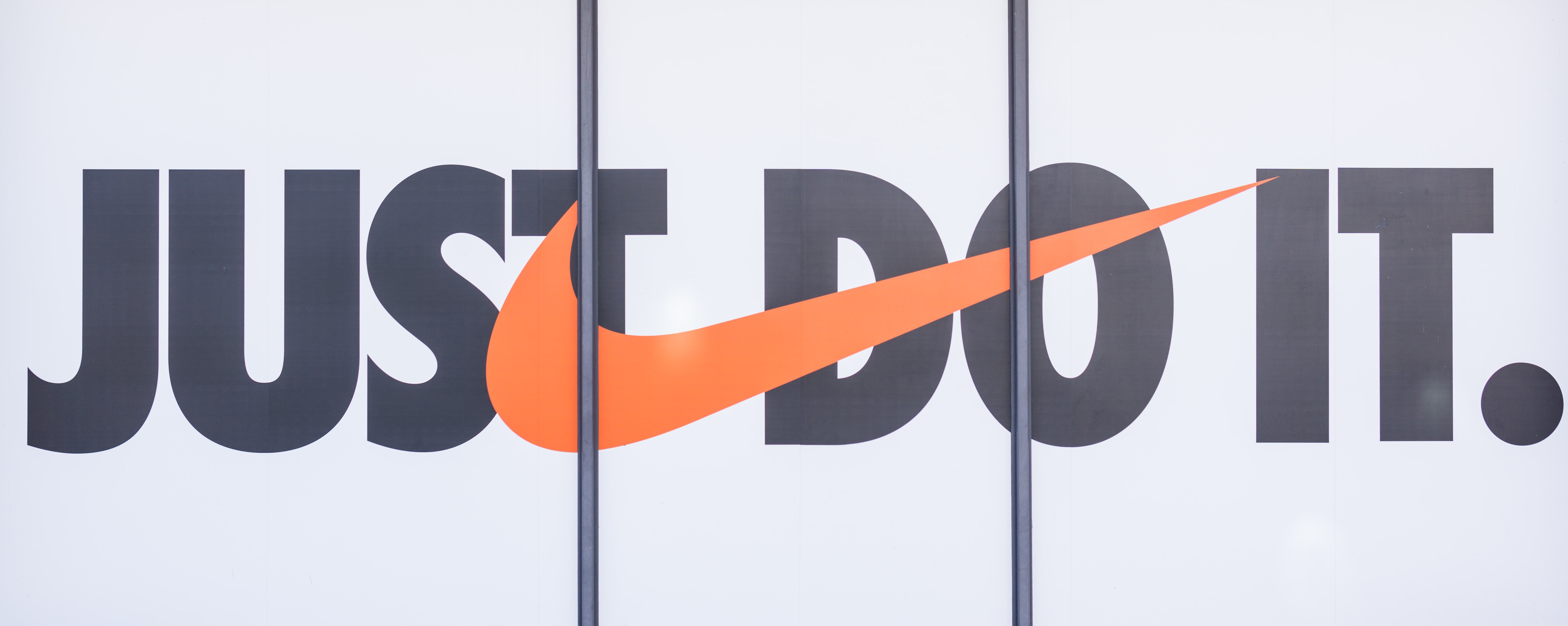Burberry Agrees to a Financing that is Conditional on the Company’s Long-term Sustainability



Burberry is a British luxury fashion design brand that caters to a high-end niche. This fashion house was founded in 1856 and is named after its founder, Thomas Burberry. It is headquartered in London with a worldwide customer base. It’s one of the best fashion brands out there, giving giants like Louis Vuitton and Prada a run for their money.
Burberry has recently availed a loan that is conditional on the company’s vision on climate change. As they are a high-end brand, they can afford to practice sustainable production that does not affect climate negatively. The company is looking to decrease their carbon footprint dramatically in the coming years. Lloyd’s Bank has coordinated this loan of 410 million USD.
The loan is not only conditional on climate goals but also on social and governance goals. After all, the issue of climate change is intricately linked with social issues too. For instance, several fashion brands have built their foundations on cheap foreign labor that fuels their profits. Such brands supply their products to developed countries at a high price, while saving money at the production end by employing cheap labor.
The Chinese, Bangladeshi, and Filipino markets have an endless supply of cheap labor. The labor there often works in inhumane conditions, which is a clear-cut violation of basic human rights.
It is not only the responsibility of brands to cut off ties with such production markets but also that of the customers. After all, the brands that exploit their labor can only sustain themselves if there’s considerable demand in the market.
Sustainable fashion

The term ‘sustainable fashion’ is becoming a trend these days, and rightly so. Without making drastic changes to the production, supply, and marketing processes of brands, ice caps will continue to melt. The emission of greenhouse gases will continue to increase.
According to most experts on climate change, humans are inflicting irreparable damage on this planet. Many believe that by 2050, many coastal cities will be underwater. The threat is real, and it’s high time that brands and corporations are held accountable, along with government bodies.
Amidst all the negative news linked to climate change, the approval of this loan comes as a relief. If Burberry is able to meet their sustainability target and still stay in business, this will set a precedent for a lot of other high-end brands too. It makes sense that luxury brands are pioneering efforts to battle climate change in the commercial space. That’s because their customer base and the brands themselves can afford to take such steps. Once these brands take the lead, customers can demand other mid-sized and more economical brands to also follow green practices.
Another upside of buying from brands such as Burberry is that customers get quality products. Thus, they don’t have to discard the products due to deteriorating quality and increase their carbon footprint, in turn. The road to creating sustainable fashion involves several aspects.
Here are some conditions that a brand must fulfil to truly be called a green or sustainable brand:
- Must be green and clean
- Must be conscious of social Issues
- Should be open to repair, recycling and upcycling
Only if a brand is aware of the social issues that plague a society, they will be able to adjust their business processes to meet the ESG (Environmental, Social, and Governance) goals. Most brand achieve these goals by employing people who are conscious of these very aspects.
Financial sustainability
For most brands, financial sustainability is the most important thing to consider while incorporating climate goals and ESG goals. No brand wants to sacrifice its own finances and shut down, going the noble way. Smart businesspeople are constantly figuring out ways to make a company environmentally-sustainable, while ensuring that it doesn’t crash and burn.
Financial sustainability refers to the business’s ability to cover its production and supply chain costs without forgoing its profits. When a brand or a business decides to incorporate green and sustainable practices in its business model, it tends to hike up their production and supply chain costs. For example, a clothing brand may switch to higher-end materials that do not deteriorate quickly in order to offset the carbon footprint of their customers. That switch will come with considerable costs. Thus, the brand will end up charging more and reducing discounts. So, it is easier for high-end brands to incorporate sustainable practices in their business model.
Mid-sized brands also need to focus on awareness campaigns and advertisement campaigns to get a simple message across to their customers. The message is that they cannot turn green without raising costs. Thus, to some extent, it also becomes the responsibility of the customer to research brands and opt for green ones. However, quite a few people go for budget brands that are wreaking havoc on the planet.
That said, some of these brands are well within their capacity to change their business processes to meet the ESG goals. However, their primary focus ends up becoming increasing their profits—a necessary evil of capitalism that is often targeted by socialists as well as communists. In their quest to increase their profits, these brands inevitably end up causing destruction of the planet as well as violating the human rights of their employees. A quick Google search will show you the internal working conditions that a lot of big brands foster, and the picture isn’t as pretty as their end products are.
The loan
According to the Paris Agreement signed by a total of 196 countries, the goal is to normalize zero-carbon solutions in industries that are the primary polluters. This goal is set to be achieved by 2030. Burberry is aiming to reach net-zero carbon emissions by 2040. Apart from that, the loan is also conditional on the promise that Burberry will be able to reduce their carbon emissions by 46% by the end of 2030.
This is not the first time Burberry has taken the initiative to offset its carbon footprints. Back in 2020, it issued an inaugural sustainability bond worth 410 million US dollars. However, that bond was directed towards sustainability-related projects. This loan will focus on the internal processes of the brand.
Julie Brown, COO and CFO of Burberry, released a statement on the brand’s fashion after the announcement of this loan. Brown said that the future of Burberry and all other brands depends on reducing carbon emissions significantly. And that is the absolute truth, as brands will not be relevant in the face of natural catastrophes that manifest owing to the earth’s changing climate. After all, brands are just abstract ideas, and their existence revolves around human beings.
Commerce is secondary to the well-being of every human being on this planet. The comments of Julie Brown and the Managing Director of Lloyds Bank, Scott Barton, should provoke a discussion among the moguls of the fashion industry as well as various other industries that are the primary source of carbon emissions.
Burberry is also not the first fashion brand that has availed such a loan. Prada, Salvatore Ferragamo, Mongler, and Save the Duck have also taken out similar loans in order to safeguard their future. And their ship hasn’t sunk yet. Thus, it’s highly likely that this move will benefit the brand in the long run.
Burberry's current numbers

Based on the financial data of Burberry and Burberry sales dates 2022, it seems the company will fare well in the coming years after taking out this loan. The stock of Burberry has not fallen that much even in the face of a pandemic. Amidst the layoffs and pay cuts, the brand has been able to sustain itself financially fairly well. With only +1% and -1% short-term fluctuations, its stock price has increased considerably over the course of the last few years.
The only major dip in its stock has been due to the impact of coronavirus and the pandemic in mid 2020. Burberry's efforts to bounce back from the slow sales in the initial days of the pandemic not only displays the tenacity of this company to hold its own but also its loyal customer-base. With its progressive climate vision, it is likely to win more hearts all over the globe.
Conclusion
This loan can be a monumental event in the history of Burberry. Moreover, it will also be able to inspire other brands as well as investors to pour some money into the market for sustainability-projects. What actually happens and how Burberry fares in the coming years will only be made clear once a certain amount of time has passed.
If you do want to change your lifestyle in order to reduce your carbon footprint on an individual level, you should definitely switch to Burberry and similar brands.



















